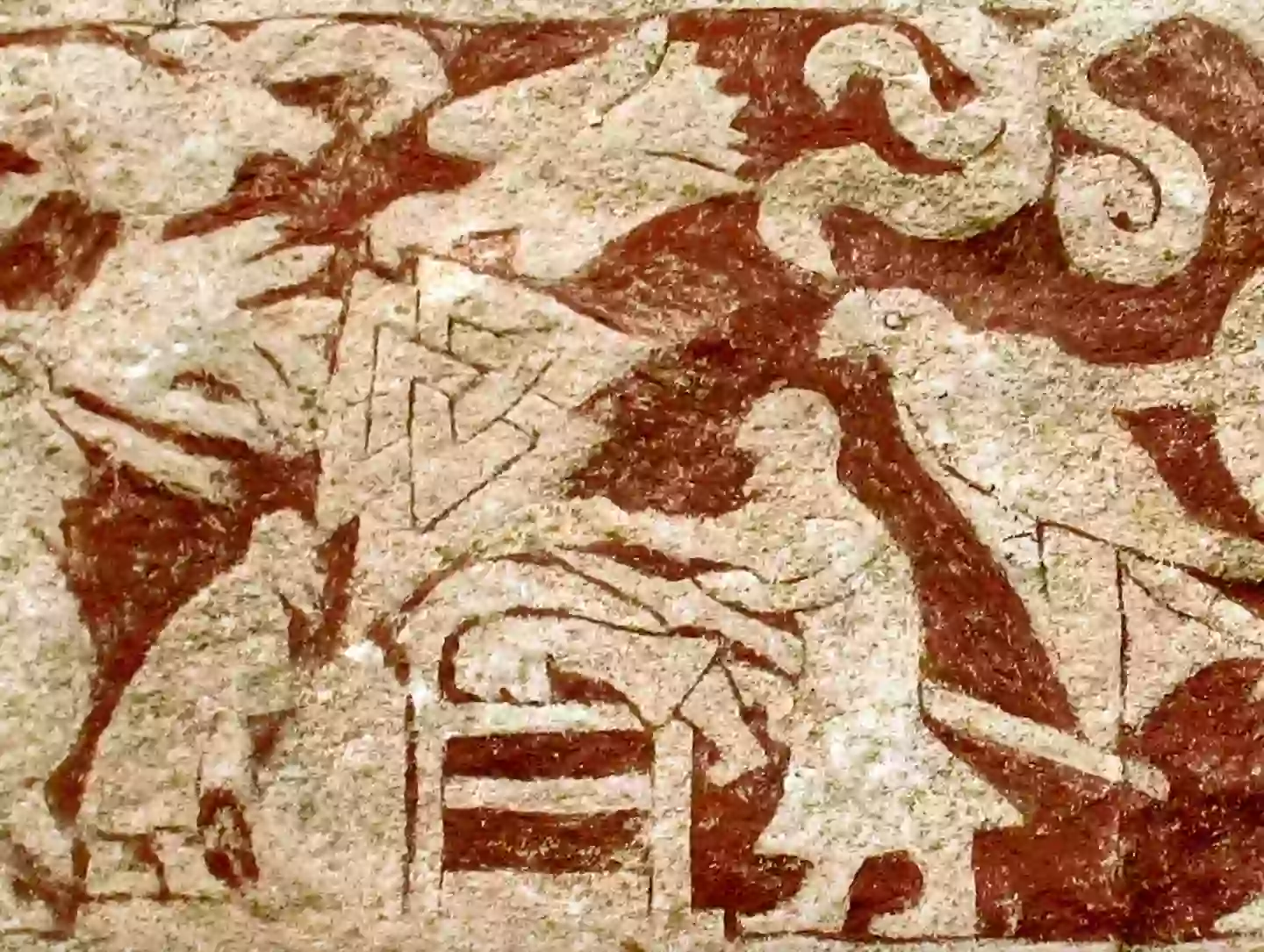
It's been considered one of the worst execution methods in history, but what exactly is the Viking 'blood eagle' and was it actually real?
It doesn't take a genius to deduce that medieval torture isn't going to be any fun and, as the name suggests, a blood eagle is a pretty grim way to go.
First cropping up in Norse skaldic poetry, the blood eagle is referred to as a ritual execution where the unlucky soul has their back slashed open and their ribs pulled outwards and upwards to resemble wings. In a final insult towards the condemned, their lungs were also pulled out.
Advert
A pretty grim way to go indeed.

Given the execution method's excessive bloodiness, it has popped up in pop culture in various forms over the years. In History series Vikings, the sons of Ragnar Lothbrok famously avenge their father by murdering his killer, King Ælla, in such a method.
Which - in the Vikings-world - was a just punishment for condemning the show's star character to death via a pit of snakes.
Ari Aster's 2019 folk horror flick Midsommar also features the blood eagle, with one of the characters meeting their end in this grisly manner.
Advert
But was the blood eagle ever actually implemented, or was it simply an exaggeration dreamed up by Norse poets after converting to Christianity?
Did the blood eagle actually exist as an execution method?
The blood eagle apparently appears only twice in Icelandic sagas, with Smithsonian adding that the ritual is mentioned in nine historical accounts written in both Old Norse and Latin.
In each account the condemned man is captured in battle and their execution comes as a retaliation for the murder of a father.

Advert
Descriptions of what exactly constitutes a blood eagle also vary, but both the Orkneyinga and Heimskringla depict the execution in all of its violent glory, while other accounts vaguely refer to an eagle being 'carved' into the back.
However, solid evidence for this particularly grizzly method of execution appears to be rather thin on the ground.
Human remains fitting the description of the grisly blood eagle are yet to be discovered, which means we don't have any conclusive archaeological proof for the method. Although a recent paper published by academic journal Speculum does conclude that death by blood eagle is anatomically possible.
Speaking about the findings, University of Iceland's Dr Luke John Murphy said: "Working with the anatomists on this project has been fascinating.

Advert
"They’ve provided a totally fresh perspective on some very old questions, and let us tackle the blood eagle in a new way, which has produced all sorts of exciting results.”
Meanwhile, University of Tennesse historian Matthew Gillis argued to Smithsonian how the blood eagle may have been a fragment of Christian imagination, that was wielded in order to frighten 'their audiences into returning to God'.
So was the blood eagle actually a real method of torture and execution? We may never know, but it sure reveals the darkest depths of mankind's imagination.